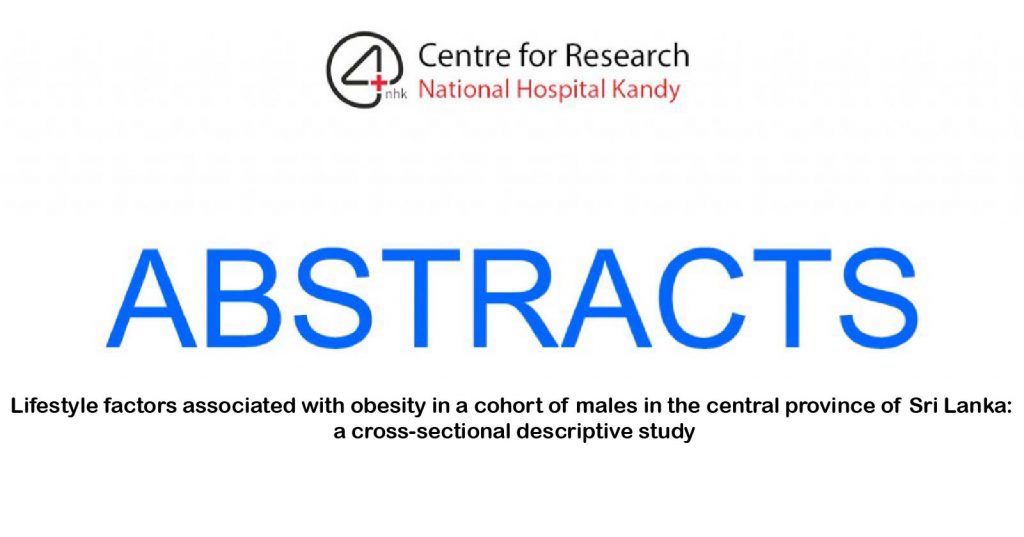
Disability is part of the human being and almost everyone will temporarily or permanently experience disability at some point. Over 1 billion people – about 15% of the global population – currently experience disability. This number is increasing due in part to population ageing and an increase in the prevalence of non-communicable diseases.
Disability results from the interaction between individuals with a health condition, such as cerebral palsy, Down syndrome and depression, with personal and environmental factors including negative attitudes, inaccessible transportation and public buildings, and limited social support.
A person’s environment has a huge effect on the experience and extent of disability. Inaccessible environments create barriers that often hinder the full and effective participation of persons with disabilities in society on an equal basis.
Adverse socioeconomic consequences, such as lower levels of schooling, poorer health outcomes, lower employment rates, and higher rates of poverty, are more likely to affect people with disabilities. Through starvation, insufficient access to healthcare and education, hazardous working conditions, a polluted environment, and a lack of access to clean water and sanitary facilities, poverty may raise the risk of disability. Through limited employment and educational prospects, poorer pay, and higher costs of living with a disability, disability may also raise the likelihood of poverty.

